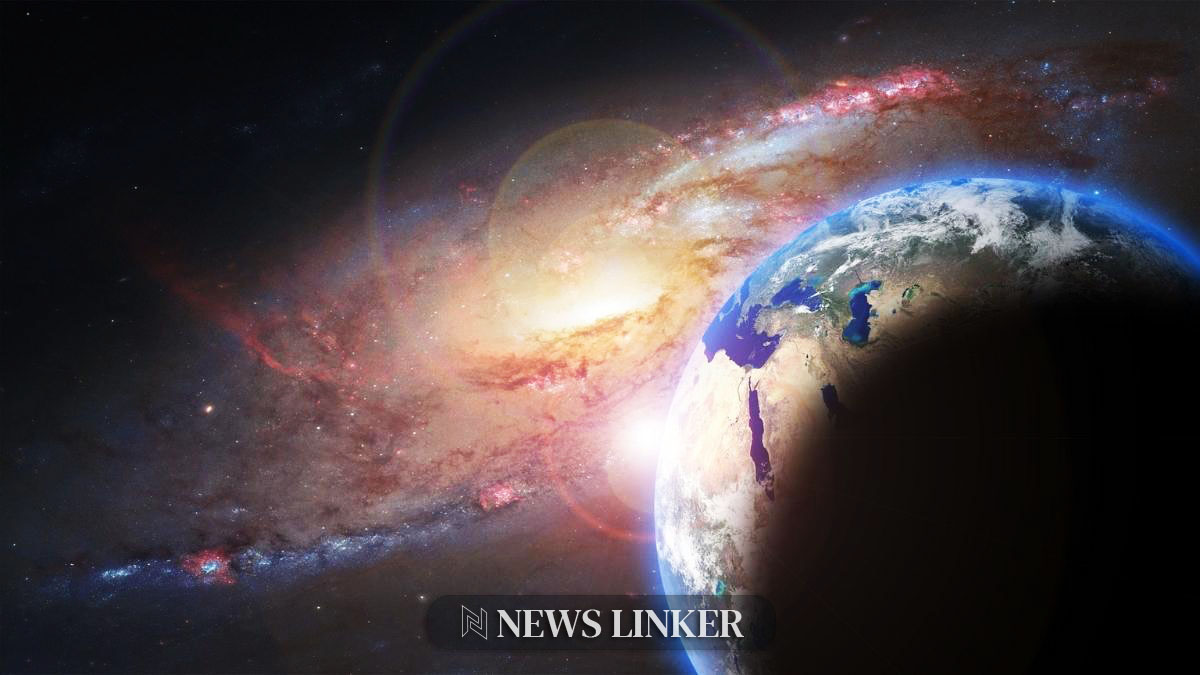The phenomenon of neutron stars heating up is potentially attributable to the presence and interaction of dark matter. Dark matter, which is thought to comprise about 27% of the universe’s mass-energy content, remains one of the most elusive aspects of cosmological studies. It does not emit, absorb, or reflect light, making it invisible and detectable only through its gravitational effects on visible matter, radiation, and the large-scale structure of the universe. The hypothesis that dark matter might be influencing the thermal characteristics of neutron stars introduces a groundbreaking perspective on the dark matter conundrum.
Dark matter has been a crucial element in cosmological research for decades, driving scientists to develop various models and conduct numerous observations to unravel its nature. Prior to current discussions about its potential effects on neutron stars, extensive studies and observations have consistently supported the existence of dark matter through phenomena such as the rotation curves of galaxies and the gravitational lensing of light. The advances in this field have led to propositions ranging from Weakly Interacting Massive Particles (WIMPs) to axions, though definitive detection has eluded researchers.
What Draws Dark Matter to Neutron Stars?
Neutron stars, some of the densest objects in the universe with intense gravitational fields, are prime candidates for trapping dark matter. The gravitational pull of these stars could theoretically capture dark matter particles, providing a unique laboratory to study these mysterious constituents. Unlike black holes, neutron stars do not prevent the escape of radiation that could result from dark matter interactions, which offers a possible observational window into dark matter properties.
How Does Dark Matter Affect Neutron Stars?
When dark matter particles are captured by a neutron star, they are expected to thermalize, meaning that they would reach thermal equilibrium with the star by transferring energy through collisions and annihilation processes. This would result in the neutron star heating up, a phenomenon that could be measured astronomically. The rate of thermalization is dependent on the nature of the interactions between dark matter particles and the star’s constituents, and this process is posited to occur relatively quickly on cosmic timescales.
Can Observations Confirm Dark Matter Interactions?
If the interactions between dark matter and neutron stars are significant, they might leave observable signatures. For instance, neutron stars exhibiting temperatures higher than expected could be indicative of dark matter interactions. The specific thermal signatures could also provide insights into the properties of dark matter, potentially allowing scientists to differentiate between various dark matter models based on observed neutron star spectra.
In a pertinent scientific study published in the “Journal of Cosmology and Astroparticle Physics,” researchers Bell, Nicole F., et al. delved into the “Thermalization and annihilation of dark matter in neutron stars.” Their work explored how neutron stars could capture dark matter and the resulting implications for the thermal behavior of these stars, providing a theoretical foundation for the aforementioned phenomena.
Helpful Points
The intriguing possibility of neutron stars as cosmic laboratories to study dark matter suggests a novel approach to understanding one of astronomy’s greatest mysteries. The interaction between dark matter and the dense matter within these stars could provide valuable clues about the nature of dark matter, potentially leading to its long-sought-after identification. Ongoing and future astronomical observations are critical in verifying these theoretical models and potentially revealing new insights into both neutron star physics and dark matter characteristics. This promising intersection of astrophysics and particle physics could usher in a new era of discovery, offering a deeper comprehension of the cosmos and the invisible matter that silently shapes it.










